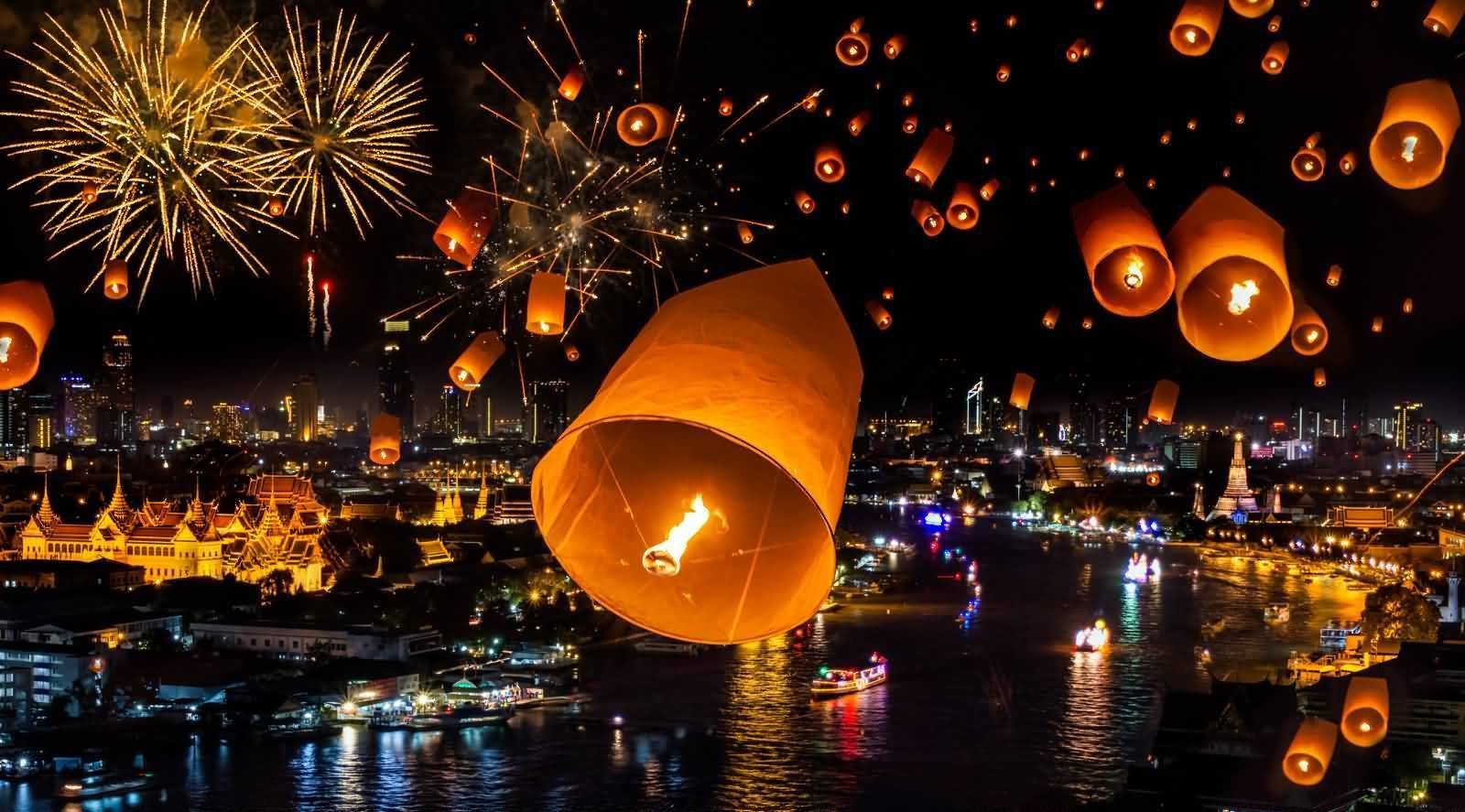Celebrating the Heartbeat of Thai Culture
Thailand, known as the “Land of Smiles,” pulsates with vibrant festivals that weave together spirituality, history, and community. These lively celebrations offer a glimpse into the rich tapestry of Thai traditions, connecting locals and visitors alike to the heartbeat of this enchanting country. Let’s embark on a journey through some of Thailand’s most captivating festivals:
1. Songkran (Thai New Year)Timing: Mid-April
Significance:
- Songkran marks the Thai New Year, a time of renewal and cleansing.
- Derived from the Sanskrit word “saṅkrānti,” it symbolizes the sun’s transition from one zodiac sign to another.
Traditions:
- Water Festival: Streets come alive as people joyfully splash water on each other. This playful act represents washing away bad luck and welcoming the new year with purity.
- Buddhist Rituals: Temples overflow with devotees making merit, pouring scented water over Buddha statues, and seeking blessings from monks.

2. Loy Krathong (Festival of Lights)
Timing: Usually in November
Practices:
- Krathongs: Locals create small, lotus-shaped vessels (krathongs) from banana leaves, flowers, and candles. These are floated on rivers, lakes, and canals.
- Symbolism: The act of releasing krathongs signifies letting go of negativity, anger, and grudges. The flickering candles represent enlightenment.
Mesmerizing Scene:
- Thousands of krathongs illuminate water bodies, creating a magical spectacle. The sky mirrors this beauty as lanterns float upward, carrying wishes and dreams.

3. Yi Peng (Lantern Festival)
Location: Chiang Mai (Northern Thailand)
Tradition:
- Paper Lanterns: In Chiang Mai, during Yi Peng, people release paper lanterns (khom loi) into the night sky.
- Troubles Dissipate: As the lanterns ascend, troubles and misfortunes are believed to dissipate, leaving room for positivity and hope.

4. Vegetarian Festival
Origin:
- Celebrated mainly in regions with large Chinese communities, such as Phuket.
- Originates from Chinese Taoist beliefs and rituals.
Observance:
- Devotees abstain from meat and other stimulants for a period.
- Piercing rituals involve walking on hot coals and skewering cheeks with objects like swords and umbrellas.
Symbolism:
- Spiritual and physical cleansing, protection from harm, and merit-making.

5. Lesser-Known Festivals
Phi Ta Khon (Ghost Festival):
- Loei province hosts this colorful festival.
- Participants wear ghostly masks and parade through the streets, celebrating fertility and rain.
Regional Gems:
- Thailand boasts countless regional festivals, each revealing unique customs and folklore.
- From the rocket festivals of Isaan to the boat races of Nan, these events deepen our understanding of Thai culture.

In Conclusion: A Kaleidoscope of Traditions
Thailand’s festivals are more than mere celebrations; they are threads that bind generations, honor ancestors, and connect us to the rhythms of life. As you immerse yourself in these vibrant festivities, remember that you’re not just witnessing history—you’re becoming part of it.



